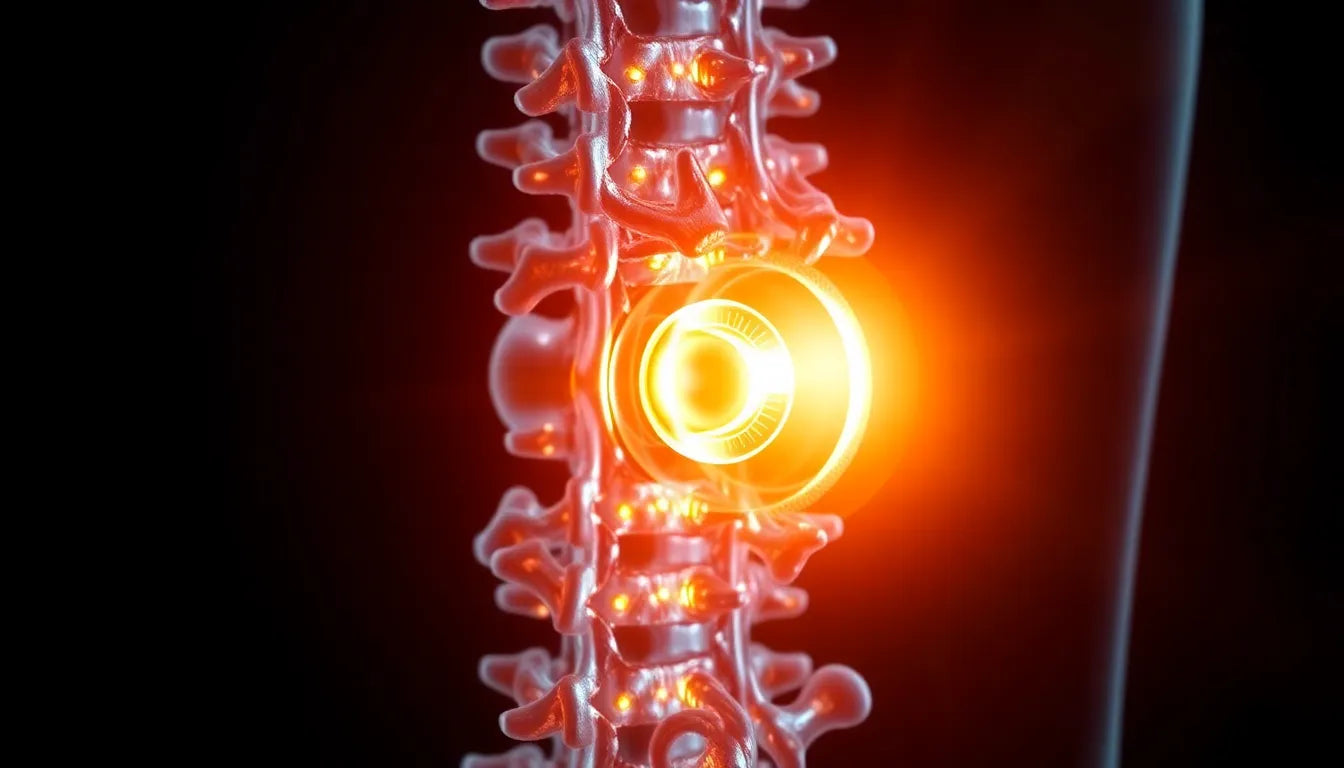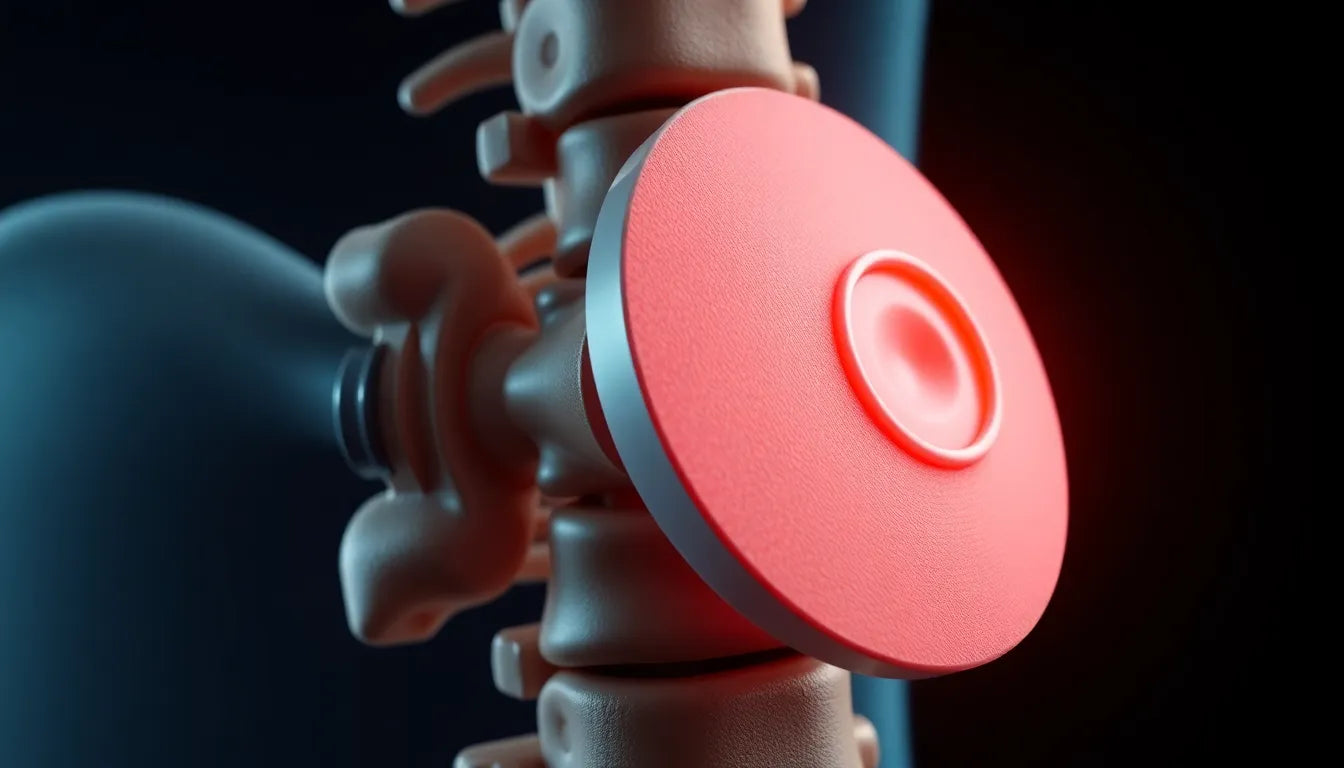Sciatica is a common condition that many people experience, characterized by pain that radiates along the path of the sciatic nerve. This nerve extends from the lower back through the hips and buttocks and down each leg. Common symptoms include lower back pain, leg pain, and tingling sensations that can significantly impact daily activities. One increasingly popular method to alleviate sciatic nerve pain is massage, which offers a non-invasive treatment option that can provide relief and improve quality of life.
Understanding the role of massage in sciatic nerve relief
Massage therapy is widely recognized for its ability to relieve tension, reduce pain, and improve circulation. When it comes to sciatica, massage plays a crucial role by targeting the muscles surrounding the sciatic nerve, rather than the nerve itself. This approach helps to alleviate the pressure and tension that contribute to sciatic pain. By focusing on the surrounding muscles, massage can effectively reduce inflammation and improve mobility, offering a soothing and therapeutic experience for those suffering from sciatic discomfort.
The focus of this blog is to explore effective massage techniques specifically designed for sciatic relief and to highlight the numerous benefits they offer. Whether you are seeking professional therapy or looking for self-care strategies at home, understanding these techniques can be a valuable tool in managing sciatic pain.
The importance of targeted massage techniques
Targeted massage techniques are essential for effectively addressing sciatica. Unlike general massage, targeted techniques focus on relieving muscle tension around the sciatic nerve, which is often the root cause of the pain. By concentrating on areas such as the lower back, glutes, and legs, massage can help release muscle knots and improve flexibility, reducing the pressure on the sciatic nerve.
In this blog, we will delve into various massage techniques that are beneficial for sciatic relief. These include piriformis muscle manipulation, calf muscle massage, and self-massage tips. Each technique is designed to address specific areas of tension and provide relief without directly impacting the nerve itself. Understanding and applying these methods can help manage pain and improve overall well-being, making daily activities more comfortable and enjoyable.
Detailed massage techniques for sciatica relief
When it comes to alleviating sciatic nerve pain, targeted massage techniques can make a significant difference. One effective method is piriformis muscle manipulation. This technique involves applying pressure along the piriformis muscle, located in the buttocks, while gently moving the leg side-to-side. By doing so, it helps relieve nerve compression, which is a common cause of sciatic pain. This manipulation can reduce tension and inflammation, providing relief and improving mobility.
Another beneficial approach is the calf muscle massage. This method focuses on the soleus and gastrocnemius muscles in the calf. By thumbing along these muscles, tension can be alleviated without directly pressing on the sciatic nerve. This technique is particularly useful in reducing the strain on the lower leg muscles, which can indirectly affect the sciatic nerve and contribute to pain relief.
For those seeking self-care options, self-massage tips can be invaluable. Using a tennis ball or fingers to target specific trigger points at home can offer significant relief. A step-by-step guide might involve placing a tennis ball under the affected area, applying gentle pressure, and rolling it slowly to massage the muscle. This technique can help release tightness and improve circulation, making it an excellent option for managing sciatic pain at home.
Types of massage therapies for sciatic pain
Different massage therapies offer various benefits for sciatic nerve pain, catering to individual needs and preferences. Deep tissue massage is known for targeting deeper muscle layers to reduce tension and relieve pressure on the sciatic nerve. This method is particularly effective for those with chronic pain, as it addresses the underlying muscle tightness that contributes to discomfort.
In contrast, Swedish massage employs gentle strokes to ease muscle tension and promote relaxation, making it suitable for individuals who are sensitive to pressure. This technique can enhance overall well-being by reducing stress and improving circulation, which indirectly benefits sciatic pain management.
Trigger point therapy involves applying focused pressure to muscle knots that may compress the sciatic nerve. By targeting these specific areas, this therapy can help release tension and alleviate pain more effectively.
Another beneficial approach is neuromuscular massage, which addresses nerve compression, postural problems, and poor circulation. This comprehensive method can help improve alignment and circulation, offering a holistic solution for sciatic pain.
Lastly, myofascial release focuses on releasing tension in the tissues that support muscles. By alleviating tightness in these areas, this technique can reduce pressure on the sciatic nerve, leading to significant pain relief.
Video demonstrations for effective learning
For those who prefer visual learning, video demonstrations can be an excellent resource. Many videos showcase techniques such as piriformis syndrome massage and gluteal massage for sciatic pain. These videos often provide detailed instructions on hand placements and pressure applications, making it easier for viewers to replicate the techniques at home or in a professional setting.
By following these demonstrations, individuals can gain a better understanding of how to effectively apply massage techniques for sciatic relief. Whether you are a DIY enthusiast or a professional seeking to enhance your skills, these videos offer valuable insights into managing sciatic pain through targeted massage.
Clinical evidence supporting massage for sciatica
Massage therapy has gained recognition not only through anecdotal success but also through clinical research. A notable case study indexed in PubMed highlights the benefits of massage for individuals with sciatica. The study demonstrated that structured massage protocols could significantly increase the range of motion and decrease pain over a 10-week period. These protocols focused on manual therapy techniques applied to the lumbar spine, pelvis, thigh, and legs, underscoring the effectiveness of massage as a non-pharmacological intervention. Such evidence reinforces the credibility of massage therapy as a viable option for managing sciatic pain.
Common advice and differentiators in massage therapy
When considering massage therapy for sciatica, it is crucial to focus on the muscles surrounding the sciatic nerve rather than the nerve itself. Directly massaging the nerve can exacerbate symptoms, so targeting the lower back, glutes, and legs is recommended. Self-massage tools, such as tennis balls, can be beneficial for home care, allowing individuals to apply pressure to specific trigger points.
For chronic cases, deep tissue massage is often recommended due to its ability to address deep muscle tension. In contrast, Swedish massage offers a gentler approach, suitable for those with milder symptoms or sensitivity to pressure. Understanding these differences can help individuals choose the most appropriate technique based on their specific needs and pain severity.
Frequently asked questions
What type of massage is best for sciatica?
The best type of massage for sciatica depends on the individual's needs and the severity of their symptoms. Deep tissue massage is ideal for chronic pain, as it targets deeper muscle layers to alleviate tension. Swedish massage, with its gentle strokes, is better suited for those with milder symptoms or who prefer a less intense approach. Trigger point therapy and neuromuscular massage are also effective for addressing specific muscle knots and nerve compression.
Is it safe to massage the sciatic nerve at home?
While it is generally safe to perform self-massage at home, it is important to avoid applying pressure directly on the sciatic nerve. Instead, focus on the surrounding muscles, such as the glutes, lower back, and legs. Using tools like tennis balls can help target these areas safely. If in doubt, consulting a professional massage therapist for guidance is recommended.
How often should I get a massage for sciatica relief?
The frequency of massages for sciatica relief can vary based on individual needs and comfort levels. Clinical evidence suggests that weekly sessions may be beneficial, especially during the initial stages of treatment. However, personal preferences and the severity of symptoms should also be considered. Regular sessions can help maintain relief and prevent recurrence of pain.
Can massage therapy be combined with other treatments for sciatica?
Yes, massage therapy can be effectively combined with other non-invasive treatments, such as physical therapy, to enhance overall outcomes. Integrating different approaches can address various aspects of sciatica, such as improving flexibility, strengthening muscles, and reducing inflammation. Always consult with healthcare professionals to develop a comprehensive treatment plan tailored to your specific needs.
Sources
- "10 Massage Techniques For Sciatica Pain Relief." hssh.health.
- "Massage Therapy for Sciatic Nerve Pain." American Massage Therapy Association.
- "Piriformis Syndrome Massage (Sciatica Treatment)." YouTube.
- "Sciatic Pain in the Gluts (rear): Relieve Pain With This Massage." YouTube.
- "A Guide to Massage for Sciatica." Massage Chair Store.
- "Massage therapy helps to increase range of motion, decrease pain..." PubMed.
- "How to Treat Sciatic Nerve with Massage." YouTube.























